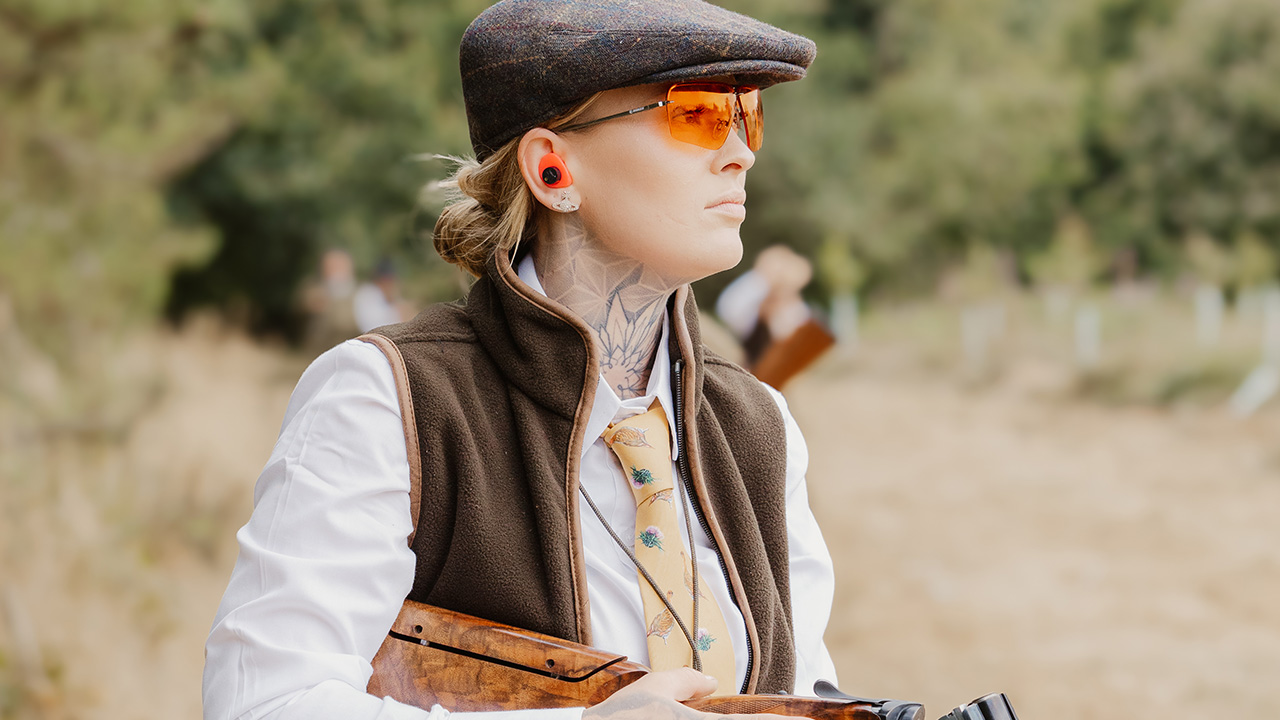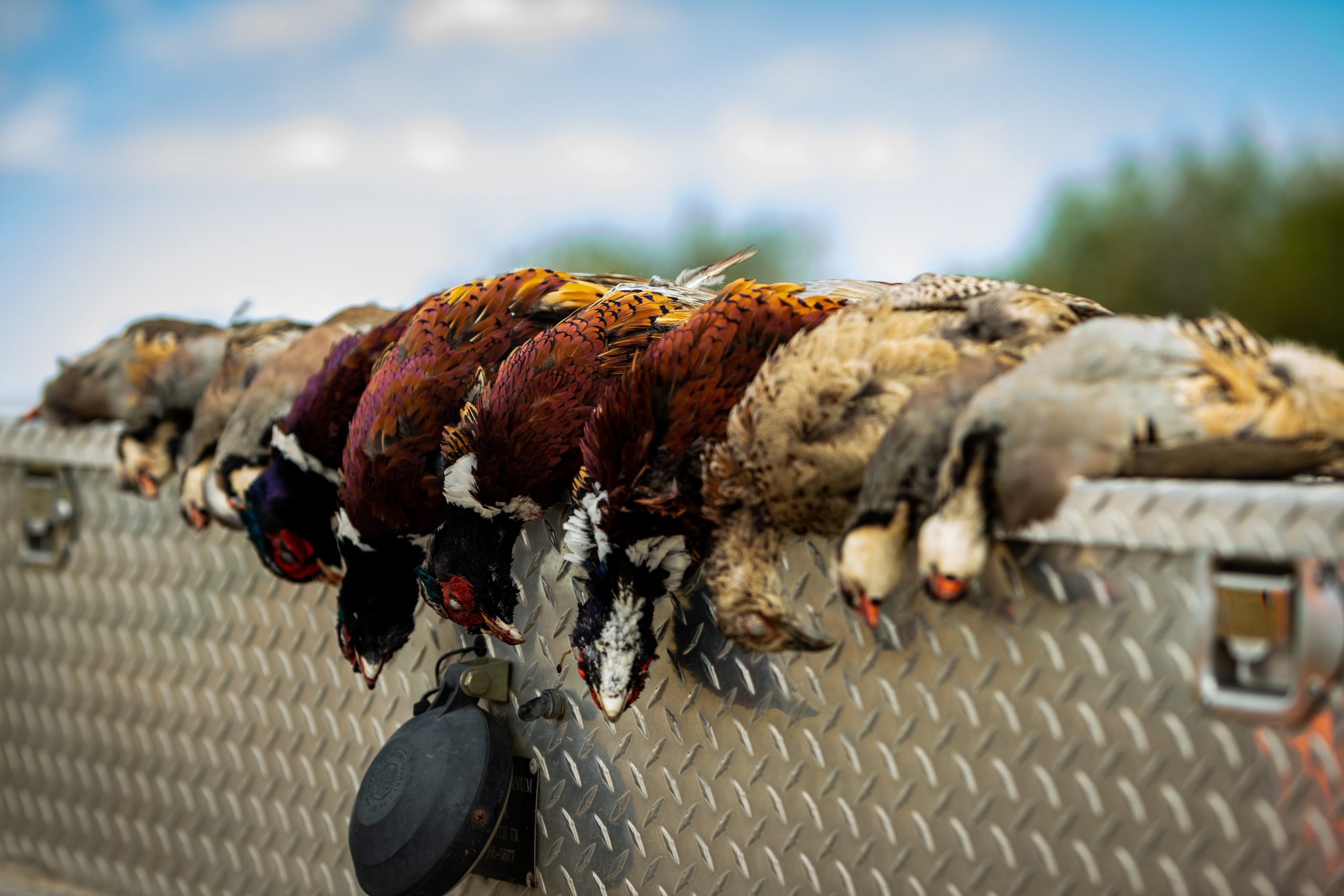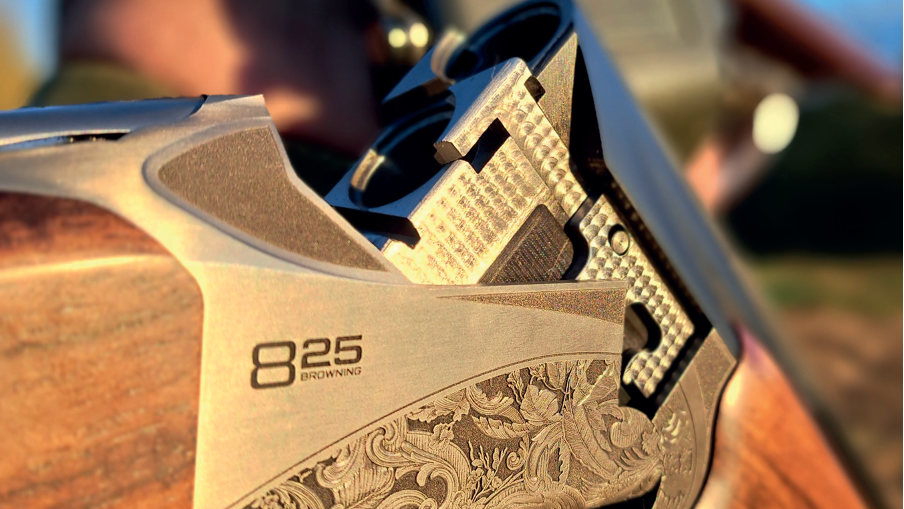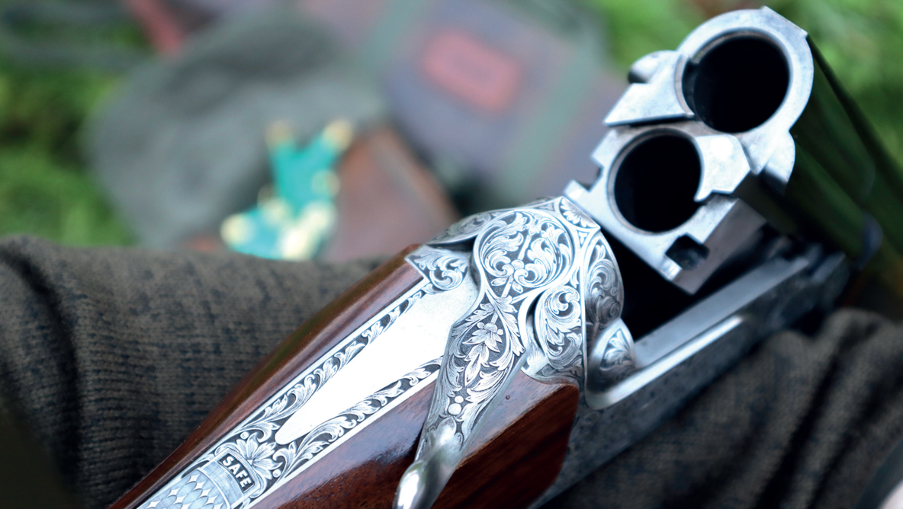Fowl, fur, fashion
The industrial revolution-era demand for feathers and furs nearly wiped out many species. Patrick Hook delves into the craze and the societal shifts that ended it.
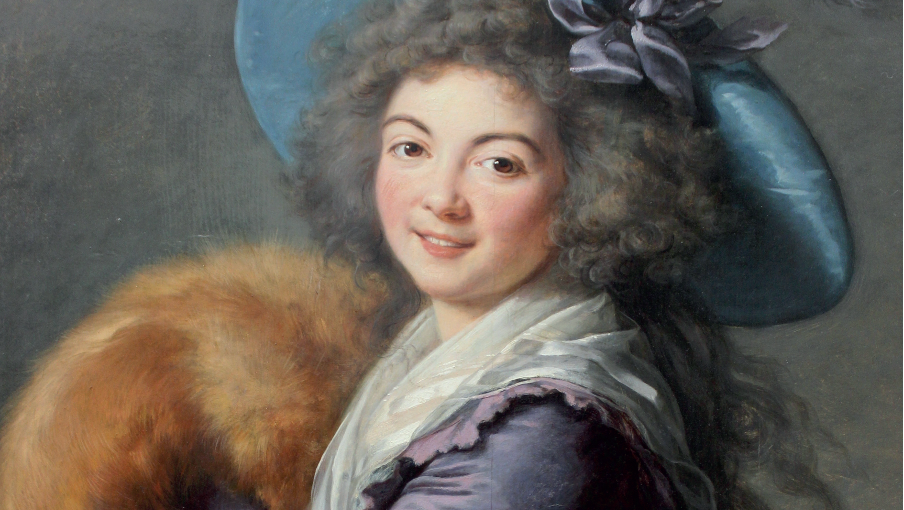
Anyone into their shooting knows full well that, with the exception of a few pest and game species, it is not legal to shoot birds. But how many actually understand the reasons for this? Sadly, the story follows a path that is well trodden in human history – one of over-exploitation and consequent ecological decline caused by rampant and misplaced consumerism.
It all started in the 1700s, when the industrial revolution created an insatiable desire for luxuries. This was partly expressed by people in high society – both men and women – wanting to festoon themselves with all manner of fur and feather. While such things had been done since time immemorial for warmth and ritual, it had until then been relatively low key. Once the idea caught on with the masses, however, the scale of the phenomenon became out of all proportion to what had gone before.
By the mid-19th century it was clear that things were out of control. The depredations caused to bird populations by the mania for fashion items adorned with feathers – and even entire birds – were driving many species towards extinction. As a result a series of laws were passed in an attempt to reverse the decline.
While this worked to an extent in protecting birds in the UK, it did not stop the trade in feathers from further afield. By 1900 an ounce of the most ornate plumes was worth twice as much as the same weight of gold. The most shameful aspect of the killings of untold thousands of birds was that most of the resulting feathers were simply used to decorate women’s hats.
The trade was so lucrative that milliners vied with each other to make ever more extravagant creations. The more exotic these items were, the higher the status they conferred and thus the higher the price they commanded.
Numbers
As an example of the numbers involved, in 1902 alone the best part of 200,000 herons were killed and their plumes sold at just one of the many London auction houses. To make this worse, these birds were killed at the peak of the breeding season so that they would be in their full mating plumage. This slaughter therefore also resulted in the deaths of around 600,000 eggs and defenceless chicks.
Magnify that across the spectrum of bird species and it is easy to see that something had to be done. It was not just the most ostentatious examples that were at risk, however, because the poorer members of society simply bought less glamorous fashion items made from lower-quality feathers.
The biggest markets were in London and New York, while the largest manufacturing centre was Paris. All this was further fuelled by an economic boom that saw a massive proliferation of department stores and fashion magazines, and a huge increase in catalogue sales.
An outcry from some prominent people eventually stimulated parliament to pass the Seabirds Protection Act of 1869, which covered 33 species. This was followed by the Wild Birds Protection Act of 1880, which put a close season in place while breeding was underway for all UK bird species.
Unfortunately it was ineffective as there was simply too much money to be made, and as a result a vigorous black market flourished. In an attempt to combat this, laws were passed to make it illegal to employ the main methods used to catch the birds.
Foremost among these was the Wild Birds Protection Acts Amendment Bill of 1904, which outlawed the use of pole traps – one of the most common types in use. Ten years later the act was revised to prohibit the sale and export of the plumage and skins of most species of wild birds and to further provide for their protection.
Although this was a big step forwards, it excluded members of the family accipitridae – small to large birds of prey with strongly hooked bills such as hawks, eagles, kites and harriers – as they were deemed to be too much of a threat to game estates.
While all this helped stem the killing of native birds it did nothing to protect those in foreign climes, and millions were still killed for the thousands of tons of feathers that the rampant market demanded.
Over time various countries enacted their own laws, but the biggest overall reduction was actually caused when decoration with feathers simply went out of fashion.
The use of fur remained popular, though, with most of it coming from animals such as foxes, mink, moles, bears and beavers. Although some of the animals were native to the UK and therefore sourced here, most of the fur came from faraway places such as North America.
The traps used for this trade were noticeably different from those employed for general pest control, because any damage to the captured animal’s skin massively reduced its value. The jaws of the traps therefore lacked teeth, whereas the traditional keepers’ traps usually featured vicious spikes of some kind.
Although the fur trade lasted a lot longer than its avian counterpart it was likewise killed off by market forces. People simply did not want to be seen wearing the products of what was generally perceived to be a cruel practice.
Nowadays mink coats still have considerable cachet in certain circles, but the days of being able to make any money from fox pelts are, in this country at least, sadly long gone.
Trapping methods
The traps used in the era described above were brutal devices, with no regard given to animal welfare. Most birds were typically caught with nets or pole traps, but there were other methods used, such as birdlime. This was a sticky substance – often made from mistletoe or holly – that was smeared on known perching spots. When a bird landed it became stuck and could be easily captured.
Long illegal in the UK, it is still used in France and Spain, where blackbirds and thrushes remain on the menu.
Pole traps were attached to fence posts or specially erected structures. The experienced trapper would know where the birds liked to perch and would target those places. The trap would be sited so that when the bird landed its weight would dislodge a catch, triggering the jaws to snap shut.
When specific species were targeted, such as kingfishers, the traps would be tied to branches known to be frequented by them. These traps were tiny versions of those used for bigger prey, with cruelly serrated jaws that would smash the unfortunate bird’s legs but not kill it outright. Tragically that was the price they paid for having such vivid electric blue feathers.
They were generally used either in the manufacture of women’s hats or for tying fishing flies. Bizarrely their desiccated carcasses were also used to ward off moths in clothes cupboards or hung on strings as weathercocks.
Sometimes saleable furs resulted from genuine pest control, such as mole trapping or fox shooting. This would result in a useful second income for those involved. Talk with many of the older generation of rural folk and you will hear all manner of tales about what they were able to afford as youngsters as a consequence of skinning and curing the pelts of moles and foxes, along with badger tails – cars and exotic holidays included.
LEGAL TIMELINE
Some of the more important laws concerning the protection of
wild birds in the UK included:
• 1869 – The Sea Birds Protection Act. This was the first law enacted to protect birds, but it proved almost impossible to enforce.
• 1880 – The Wild Birds Protection (Principal) Act. This extended the 1869 Act to include most species of birds and prohibited the shooting or snaring of wild birds during a close season. It also made it illegal to sell any recently killed wild bird after 15 March.
• 1881 – The Wild Birds Protection Act. This changed the law to include the protection of any birds killed abroad.
• 1891 – The Wild Birds Protection Act. An extension to add further protections, particularly with regard to the taking of eggs.
• 1904 – The Wild Birds Protection Act. A further extension that prohibited the use of pole traps.
• 1914 – The Wild Birds Protection Act. This version went a lot further, providing more protection for many birds as well as prohibiting the sale and use of the plumage and skins of most species of wild birds.
• 1954 – The Protection of Birds Act. This repealed The Wild Birds Protection Act and replaced it with a more robust set of statutes predominantly covering the protection of wild birds all year round, along with their eggs and nests. It also covered things like the creation of conservation sanctuaries.
• 1981 – The Wildlife and Countryside Act. This had a very wide remit, covering plants and animals as well as extending the protection of wild birds, their nests and eggs.

